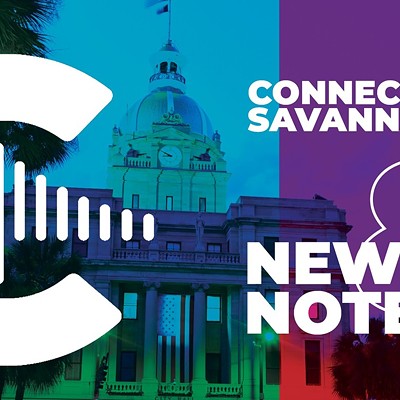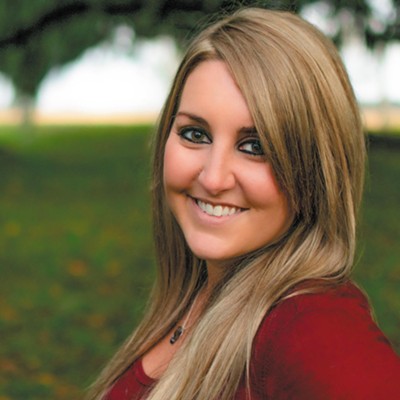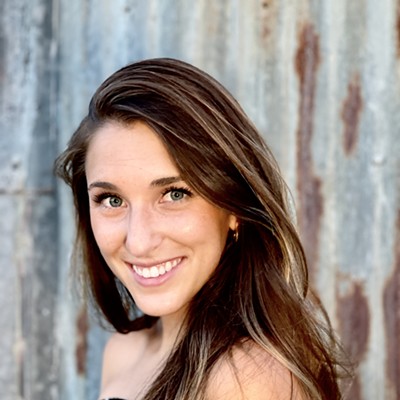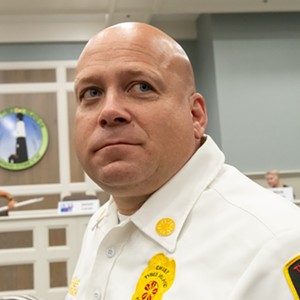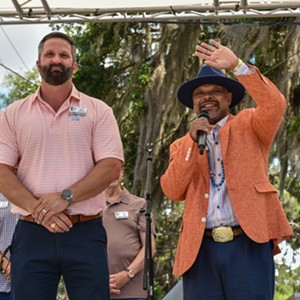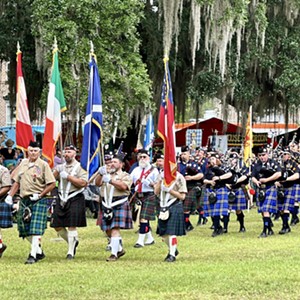FIFTY YEARS AGO, Savannah’s historic downtown was declared a National Landmark District by the National Park Service.
It was by no means the first effort to preserve our historic district. That began in 1955, with the effort to save the Davenport House from demolition and the subsequent establishment of Historic Savannah Foundation.
But the Landmark District designation codified that preservation effort in the most real possible way.
Most importantly, it laid the foundation for Savannah’s status today as a global destination city, attracting visitors and new residents from all over the world.
Gen. James Oglethorpe’s plan began with six wards, each with a public square, flanked on east and west by trust lots for public buildings, and residential lots on the north and south sides.
Some will mention that the squares were for defense and military drills, and that contains some truth. But mostly they were intended to provide a sense of community, egalitarianism, and mutual reliance in what was at the time a frontier.
The plan was replicated in the southward expansion of Savannah in the 1800s, ultimately creating 24 squares from the Savannah River to Gaston Street.
This concept is still considered one of the great ideas in urban planning. And all you have to do to enjoy it and see its genius is.... to walk around.
The 1966 Landmark designation will be remembered and celebrated this Thursday afternoon with a “Re-Ribbon Cutting,” featuring elected officials and representatives from the National Park Service, City of Savannah, Chatham County, MPC, Visit Savannah, SCAD, Savannah Technical College and Historic Savannah Foundation.
Fittingly, the 4 p.m. event happens in Columbia Square, overlooked by the Davenport House itself.
Now, there’s nothing wrong with industry, manufacturing, and seaports, all of which also helped lay the foundation for our economic success.
But if you want to see what happens when a historic city almost exactly like Savannah turns itself over completely to industrial and shipping interests, drive about an hour south to Brunswick, Ga.
There are a lot of nice people in Brunswick, which was also founded by Oglethorpe, with a similar town plan centering on squares, with similar access to shipping lanes.
But it’ll be a short trip, because there’s not much to see or do, and not very many jobs if you decide to stay.
Brunswick was never as big or as powerful as Savannah, so it’s not an apples to apples comparison. But if they had preserved their historic downtown in similar fashion to us, more people would stop there instead of driving on past its boarded-up streets and shuttered strip malls to points beyond, north or south.
Ironically, today the biggest threat to Savannah’s Landmark Historic District isn’t what we thought it would be.
The goose that laid the golden egg is in danger of being crushed by its own egg.
Today, one of Savannah’s main issues is the struggle to find a balance between accommodating the numbers of tourists we attract, and the quality of life and slow pace that make Savannah so attractive to visitors and residents in the first place.
I’ve been writing about this struggle for years, and it usually plays out the same way: Any criticism of a new development of some type is called “nay-saying,” and the critic—whether myself or someone else—is called a “hater,” or “insular,” or “old-fashioned,” or whatever.
Speaking from my perspective as editor of this publication, you already have numerous media outlets to choose from if mindless boosterism and cheerleading is what you want. You can gorge yourself on a steady diet of that elsewhere.
Our role here as the community’s independent alt-weekly is to be a watchdog at the grassroots level, and at the grassroots level one of the main concerns is that Savannah often sells its character short in order to do what some people think makes it more attractive to outsiders.
Some of this is just part and parcel of economic development.
Some of this is because there is inadequate oversight.
Part of our job here is to be able to tell the difference between the two.
Speaking from my perspective as a part-time writer of tourist guidebooks, killing tourism is the last thing I want.
But maintaining a unique community character and quality of life is also good business. It gives the tourist industry something distinctive and worthwhile to sell into the future.
For the vast majority of us who sometimes cast a skeptical eye toward new high-dollar development, the goal isn’t to shut down all new development.
It’s simply to maintain the balance which has always been Savannah’s strong point.
As the National Park Service, Historic Savannah Foundation, and others recognized half a century ago.

